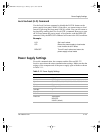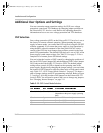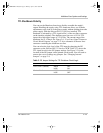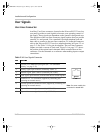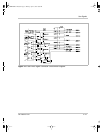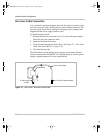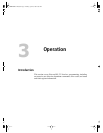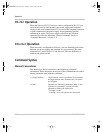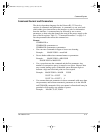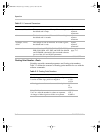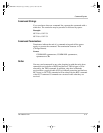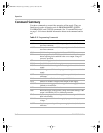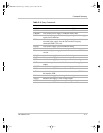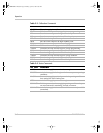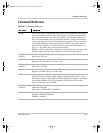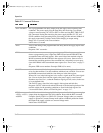
Command Syntax
TM-XR9B-01XN 3–3
Command Format and Parameters
The device-dependent language for the Ethernet/RS-232 Interface
consists of commands and parameters. A command is a one word code
which either gives instructions to the interface or asks for information
from the interface. A command may be followed by one or more
parameters, a short code that changes the state of the power supply or the
state of the bit register. Table 3-1, “Command Parameters” on page 3–4
lists the parameters that affect the command set.
Format:
COMMAND or
COMMAND <parameter> or
COMMAND <parameter>,<parameter>
• You can enter commands in upper or lower case lettering.
Example: MASK FOLD = mask fold
• Do not further abbreviate command names or parameters.
Example: MASK FOLD ≠ MK FOLD
MASK FOLD ≠ MASK FD
• Use a space between the command and the first parameter. Any
number of consecutive spaces is treated as one space. Numeric data
may contain leading spaces. Embedded spaces between digits or
between a digit and a decimal point are not accepted.
Example: MASK FOLD = MASK FOLD
VOUT 3.4 = VOUT 3.4
VOUT 3.4 ≠ VOUT 3. 4
• Use commas between parameters in those commands with more than
one parameter, and between mnemonic parameters as in the MASK
and UNMASK commands. Only one comma is allowed and it may be
preceded or followed by any number of spaces.
Example: MASK CV, OV, FOLD
TM-XR9B-01XN.book Page 3 Monday, April 19, 2004 9:00 AM



